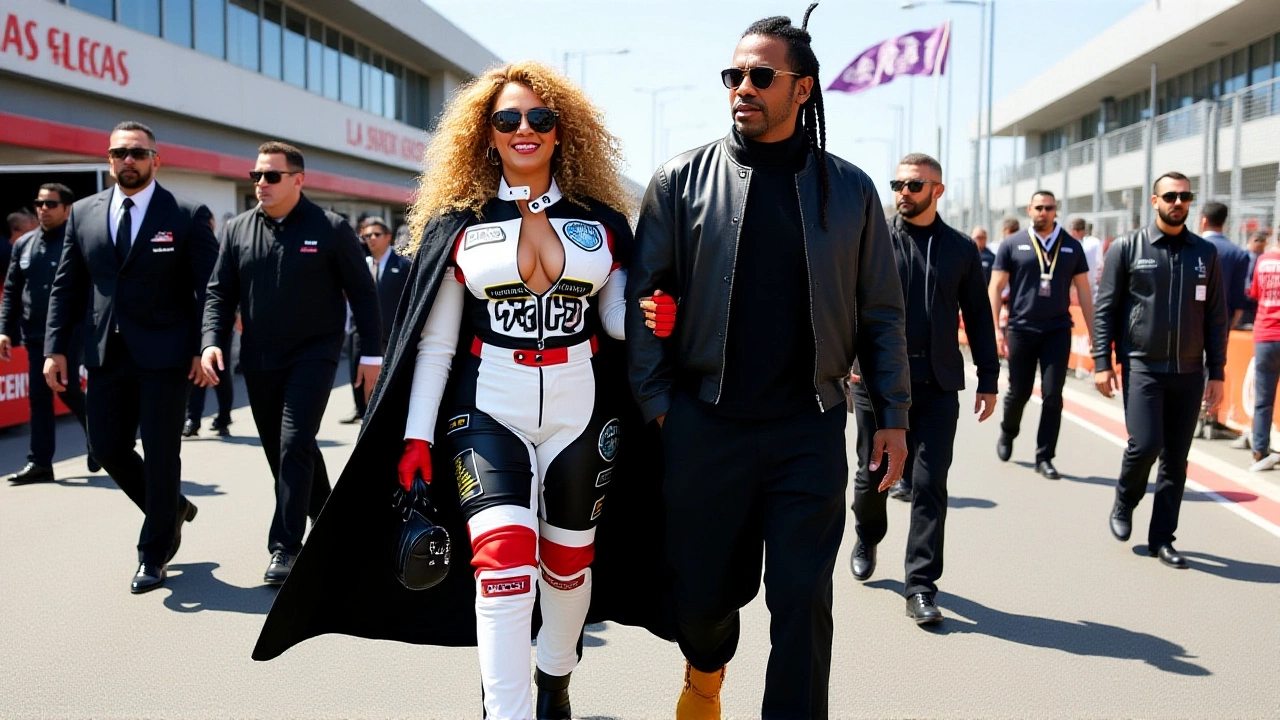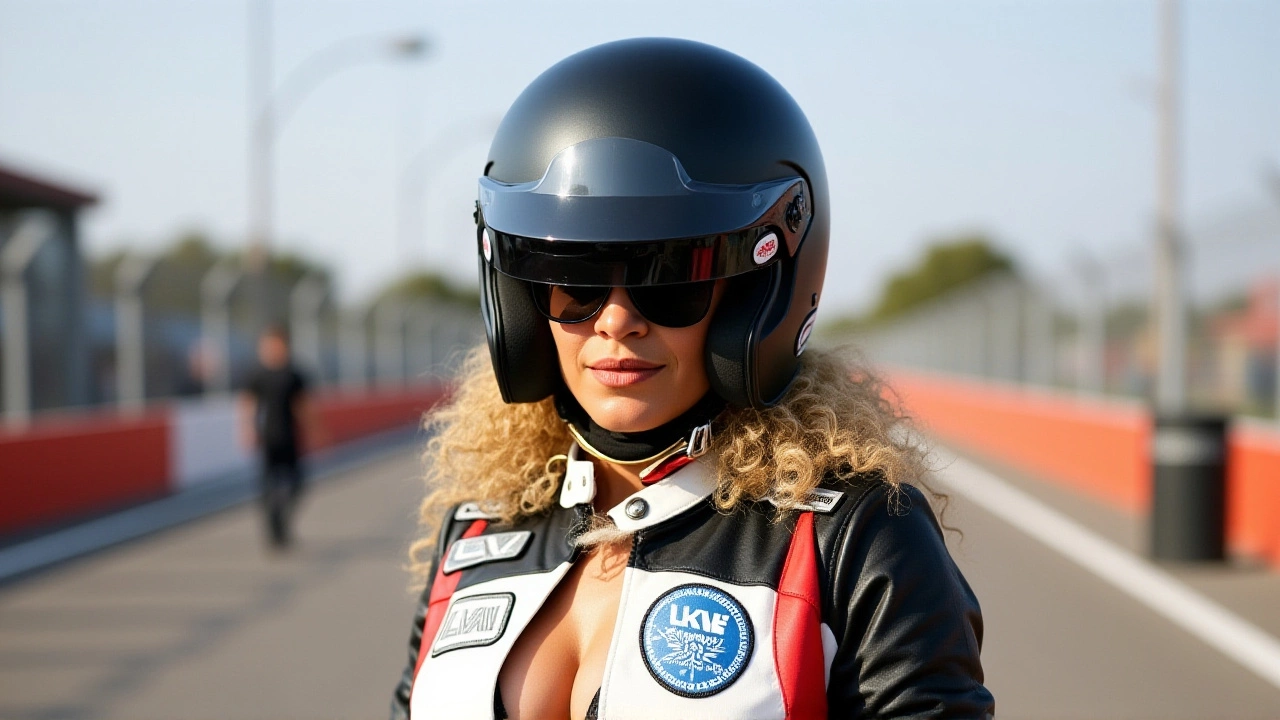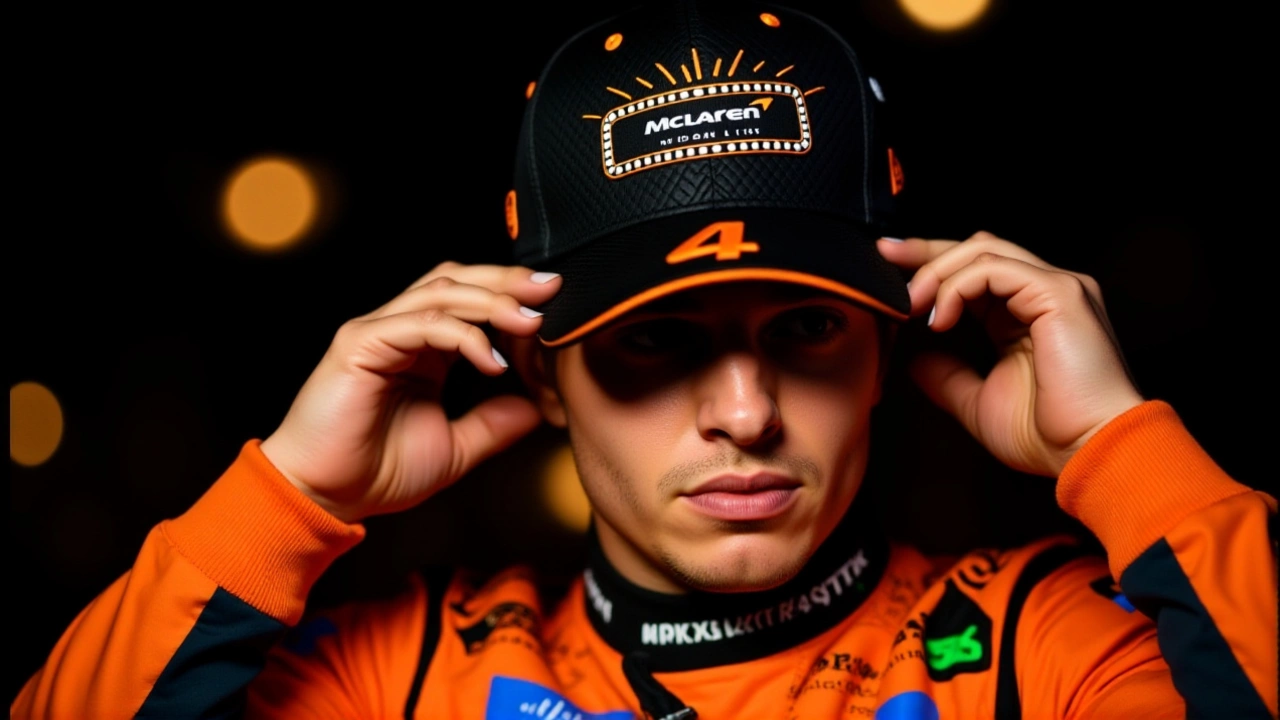When the checkered flag fell on the Las Vegas Grand PrixLas Vegas Strip Circuit on Sunday night, Lando Norris was celebrating a hard-fought second place — the kind of result that felt like a step toward his first world title. But within an hour, the celebration turned to shock. The Fédération Internationale de l'Automobile (FIA) announced both McLaren cars had failed post-race inspection: the skid block under their MCL39s had worn below the mandatory 9mm thickness. Oscar Piastri, who’d finished fourth, was also disqualified. Suddenly, Max Verstappen — who’d crossed the line first — was officially declared winner. And the 2025 championship? It was flipped on its head.
How a Tiny Wear Bar Changed Everything
The skid block — or plank — is a piece of carbon-fiber-reinforced material bolted to the underside of every F1 car. Its job? To prevent teams from running the car too low to the ground, which would generate dangerous levels of downforce. The FIA requires it to maintain at least 9mm of material after a race. If it’s worn thinner, it’s assumed the car was illegally close to the asphalt. It’s not a new rule. It’s been around since the 1990s. But in 2025, enforcement has been brutal. Lewis Hamilton got DQ’d in China. Nico Hülkenberg got DQ’d in Bahrain. Both for the exact same issue.
McLaren argued it was unintentional. Team principal Andrea Stella and chief engineer Peter Prodromou told stewards the damage likely came from a minor curb strike during a late-race pass — not a deliberate setup tweak. "There was a degree of breach that was lower than what we’ve seen in previous years," they said. But the FIA’s response was chillingly clear: "No provision exists for any penalty other than disqualification."
That’s the thing about F1 regulations. They’re written in stone. Even if you didn’t mean it. Even if it’s 8.7mm instead of 9mm. Even if you’re leading the championship and your driver’s on the verge of history. The rule doesn’t care about intent. It only cares about measurement.
The Championship Domino Effect
Before the disqualification, Norris led with 390 points. Verstappen sat at 342. Piastri was third with 345. Norris had a 48-point cushion over Verstappen. He’d need just 17 more points — or one podium — in Qatar to lock it all in. He was that close. Now? Everything changed.
With Norris and Piastri stripped of their points, the new standings show Norris still leading — but only by 24 points over Verstappen, who’s now tied with Piastri at 366. That’s not a gap. That’s a door cracked open.
Here’s what it means now:
- Norris can finish third in both Qatar and Abu Dhabi — behind Verstappen and Piastri — and still win the title.
- Verstappen must win both remaining races. And Norris must finish fourth or worse in both. That’s happened to Norris just twice all season — both due to mechanical failures. He’s finished outside the top three only once in a full race.
- Piastri is now in the mix too. He can still finish second in both races and beat Norris if Verstappen wins both. It’s mathematically possible.
Before, Verstappen needed to outscore Norris by 17 points in Qatar just to stay alive. Now? He needs to outscore him by 24. And Norris doesn’t even need to win a race. He just needs to not finish last.

McLaren’s Heartbreak — And the Bigger Picture
McLaren Racing Limited, based in Woking, had been on the cusp of their first drivers’ title since 1999. They were also leading the constructors’ championship by 21 points over Red Bull. Now? That lead is gone. The team’s season, which had looked like a triumph, is suddenly a cautionary tale.
"They were devastated," one senior mechanic told reporters after the hearing. "We spent all year perfecting that floor. We knew the rules. We thought we were safe. But one bump on the last lap… and it’s all gone."
It’s the kind of moment that defines careers. Norris, 25, had been the steady hand in a chaotic season. Piastri, 23, had matured into a consistent frontrunner. Verstappen, 27, had been playing the long game — patient, relentless, waiting for someone else to slip. And now, someone else did.
It’s not just about points. It’s about momentum. The psychological weight of this DQ? It’s massive. Verstappen now believes he can win. Norris? He’s got to fight again. And the fans? They’re on the edge of their seats.
What’s Next: Qatar and the Final Act
The Qatar Grand PrixLusail International Circuit arrives as a sprint weekend — 23 points for a win, 18 for second, down to 1 point for tenth. That’s 33 points on the table across Saturday and Sunday. Then, Abu Dhabi: 25 more.
Here’s the brutal truth: Norris can still win without winning a single race. But if he finishes fifth in Qatar and Verstappen wins? It’s game on. If Verstappen wins both and Norris finishes fourth in both? Verstappen takes it. If Piastri wins Qatar and Norris crashes out? The title could go to the Aussie. All three are still alive.
And that’s what makes this so extraordinary. In a season dominated by Red Bull’s speed and McLaren’s consistency, it came down to a piece of carbon fiber worn down by 0.3mm. Not a mistake. Not a crash. Not a strategy blunder. Just a measurement.

Why This Matters Beyond the Track
This isn’t just about who wins the 2025 title. It’s about how F1 enforces its rules — and whether the sport values fairness over drama. The FIA could’ve issued a 10-second time penalty or a grid drop. But they didn’t. They chose the harshest option. Why? Because they want teams to know: don’t test the line. Don’t even brush it.
For McLaren, it’s a lesson in precision. For Red Bull, it’s a gift. For Verstappen, it’s a second chance he didn’t know he had. And for fans? It’s the kind of chaos that turns a season into legend.
Frequently Asked Questions
How did the skid block infringement happen, and why wasn’t it caught during qualifying?
The skid block wears down during the race due to contact with the track surface — especially on high-speed corners and curbs. Teams monitor it during practice, but the wear is often uneven and can accelerate unexpectedly. In this case, a minor curb strike on the final lap likely caused rapid wear that wasn’t visible in real-time. Post-race laser scans, not pre-race checks, are the official method of measurement.
Can Norris still win the title without winning a race?
Yes. Norris only needs to finish third in both Qatar and Abu Dhabi, while Verstappen and Piastri win both races. That would give Norris 36 points (15+15), while Verstappen and Piastri would each get 50 (25+25). But since Norris started with 390 points and they’re tied at 366, his total would be 426 — still ahead of theirs. He doesn’t need to win. He just needs to finish.
Why didn’t the FIA give a penalty instead of disqualification?
The FIA’s technical regulations state that any skid block below 9mm triggers automatic disqualification — no discretion. Even if the breach is minor, the rule is absolute. This was reinforced after Hamilton’s disqualification in China and Hülkenberg’s in Bahrain. The FIA wants zero ambiguity. No "it was just a little bit" — only compliance or disqualification.
What’s the impact on McLaren’s constructors’ championship hopes?
McLaren’s lead over Red Bull has vanished. Before the DQ, McLaren led by 21 points. After losing 38 points (25 for Norris’s second, 15 for Piastri’s fourth), they’re now 13 points behind Red Bull with only 58 points left. To win the constructors’ title, they must outscore Red Bull by 36 points over two races — nearly impossible unless Red Bull suffers multiple retirements.
Has this ever happened before in a championship-deciding race?
Yes — but rarely at this stage. In 2007, Kimi Räikkönen’s Ferrari was disqualified from the Chinese GP after the race, which affected the title battle. But never has a driver been stripped of a podium in the penultimate race with a 24-point lead, only to see the championship completely reversed. This is unprecedented in modern F1 history.
What does this mean for the future of F1 regulations?
Expect calls for reform. Teams will argue for graduated penalties — maybe a time penalty or points deduction instead of DQ for minor breaches. But the FIA is unlikely to change course. They’ve spent years tightening regulations to curb aerodynamic advantage. This DQ sends a message: if you’re pushing the edge, you’re playing with fire. And they won’t hesitate to burn you.

